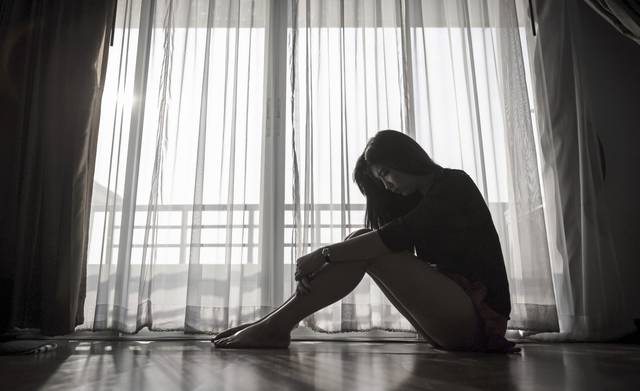Alexandra Wilkes: Mental Health Awareness Month
May is Mental Health Awareness Month, a time to raise awareness about how mental health impacts our overall wellness. It’s a time to shine a spotlight on available resources, educate the public, and advocate for policies that focus on the needs of people with mental illness and their families. Most importantly, it’s a time to fight the stigma of mental illness.
Why is it important to talk about mental health, particularly in children? Consider:
• 1 in 6 youth in the U.S. experience a mental health condition each year, but only half of those receive treatment.
• Mental illness manifests itself at a young age: 50% of all lifetime mental illness begins by age 14, and 75% by age 24.
• The average delay between the onset of mental illness symptoms and treatment is 11 years.
Compounding these issues for children are the mental health effects of the pandemic resulting from school closures and the suspension of social activities.
It is likely that we’ll continue to see mental health fallout from the pandemic for some time. We have the opportunity to use what we’ve learned in the past year to plan for and respond to the growing need for mental health services.
Telehealth infrastructure was hastened along due to the pandemic. While it’s not an ideal solution, nothing is, and for many it provided an approachable, less intimidating way to participate in treatment. It also offered mental health professionals a window into their clients’ homes and lives. Let’s maintain and bolster that progress for those who need these services and for whom it provides unfettered access.
With many schools back to in-person learning, students struggling with mental health issues again have access to behavioral health services essential to support their educational needs. Schools have become an important entry point for mental health services for children: According to the Commonwealth Fund, more than half of children who use mental health services receive at least some of those in school, and 35% receive those mental health services exclusively in schools.
And as we look to the fall as a more traditional school year with in-person learning, undoubtedly students will experience anxieties about returning to school. Children who have experienced quarantine are five times more likely to require mental health services and suffer from post traumatic stress disorder. Moreover, social isolation places children at a higher risk of self-harm and negative mental health for up to nine years after the periods of isolation.
As we move into the next phase of the pandemic, schools will likely see an increase in challenging behaviors as students grapple with the stressors and emotions from the past year. It will be more important than ever to provide appropriate resources to schools to identify the cause of these behaviors, and strategize with schools to provide support to students through training and de-escalation techniques. Students with special needs are at a higher risk for co-occurring mental health conditions such as anxiety, attention-deficit hyperactivity disorder and others, and will require additional support in the coming school year.
As we work in partnership with parents and school districts to support the needs of students, we are also striving together to use what we’ve learned to fight the stigma of mental illness. Improving access to mental health services will only work if children and families seek them. Seeking help to heal physically and mentally should be accepted equally.
While everyone yearns for the return to normal, let’s take the opportunity to learn from our experiences of the past year and return to better.
Alexandra Wilkes is program director of the Watson Institute’s Friendship Academy, East Liberty, and the institute’s director of psychological services.
Remove the ads from your TribLIVE reading experience but still support the journalists who create the content with TribLIVE Ad-Free.

